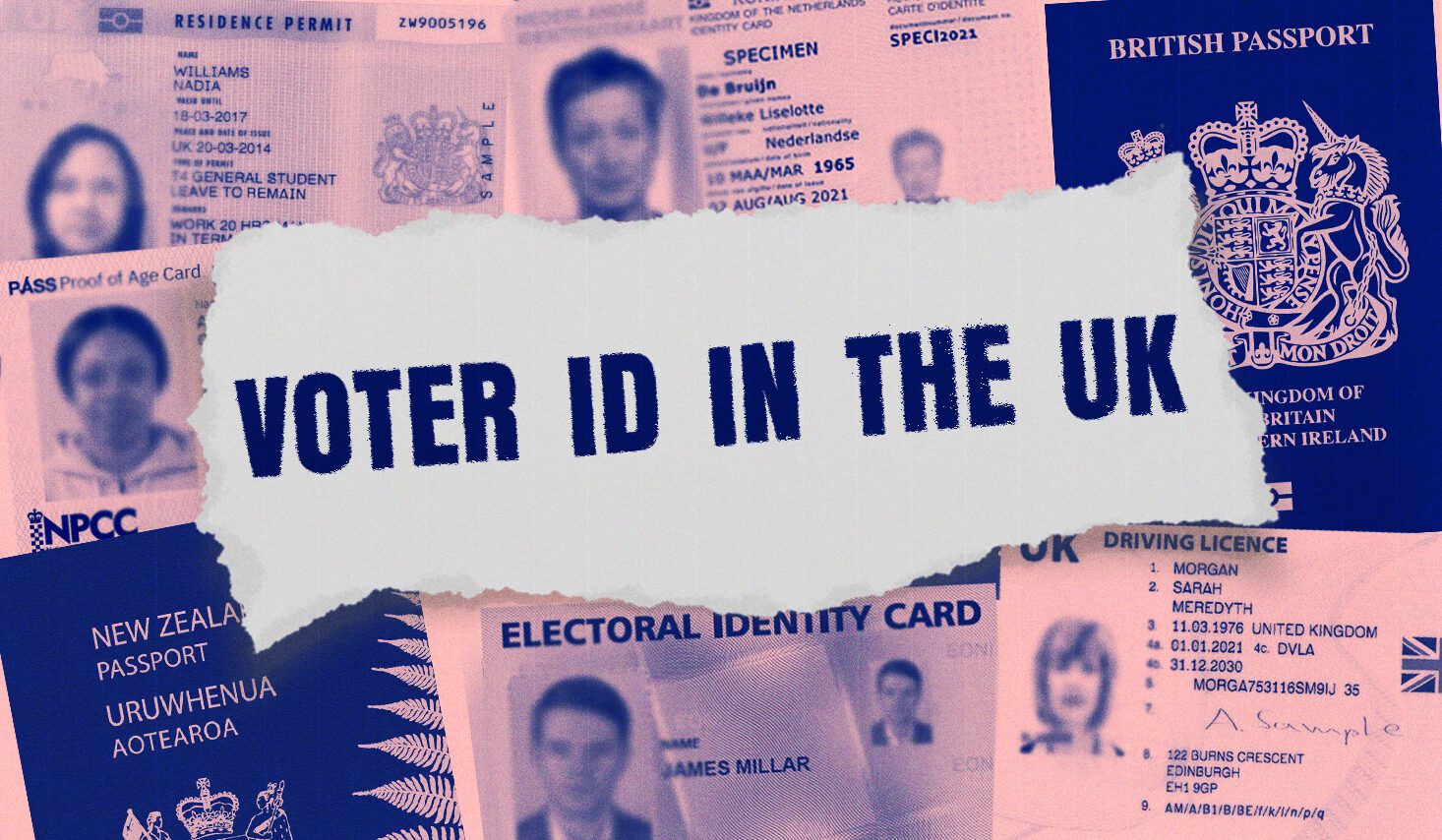
With local elections taking place on 4 May 2023 across England, many LGBTQ+ people are aware that this vote could pose different challenges compared to previous democratic practices.
Along with resources from LGBT HERO, GAY TIMES is here to break down exactly what you need to know before heading to the polls.
What’s happened?
The UK Government announced earlier this year that on the 4 May, to vote at a polling station you will need to bring and present ‘valid photo ID’. This will then become mandatory for the next General Election, expected to take place in 2024.
According to The Electoral Commission, accepted forms of photo ID include a Driving Licence or Passport issued by the UK, any of the Channel Islands, the Isle of Man, a British Overseas Territory or a Commonwealth Country.
Criticism was also raised earlier this month after it was announced that the Older Person’s Bus Pass, Freedom Pass and Oyster 60+ Card were to be accepted as valid identification, but their younger counterparts such as the 16-25 or 26 – 30 railcards were not.
What’s going to happen on 4 May?
According to LGBT HERO, an LGBTQ+ health and wellbeing charity who have offered guidance (seen below) on how to navigate this year’s local elections, voters will be required to present photo identification upon arriving at the polling station.
Your photo ID will then be checked before you are able to fill in a ballot.
If you fail to present an ID that is pre-approved, or if a polling officer deems there to be ‘reasonable doubt’ that you are not the person that corresponds with the ID you’re holding, you will not be allowed to cast your vote.
How does this impact LGBTQ+ people?
Not only has this caused concern amongst younger voters, but it has raised alarm amongst many LGBTQ+ people – especially trans and non-binary people – as carrying valid photographic identification that physically represents the person that they are isn’t always possible.
Whether it be the photo, name marker or gender marker, many trans people do not own a photographic ID that represents the person that they are now. For many non-binary people, their gender marker is still legally not recognised on official photographic ID, so this could lead to them having to show identification that misgenders them entirely.
With voter turnout just below 60% for the 2017 election for 18-25 year olds, any potential roadblock to young people voting is something that many people are frustrated at seeing.
Also, as ‘reasonable doubt’ is an unclear and unspecific term, many fear that as the decision is at the discretion of the polling officers, prejudice or unconscious bias regarding gender expression and gender identity may come into play, with trans people being turned away as potentially being seen as ‘fraudulent’.
So what Voter ID can we take?
Alongside the photo ID that we have mentioned above, there are still other options available.
If you’re unsure of what identification to present, or feel concerned that your current ID may misgender you or make you feel uncomfortable or unsafe, you may be able to apply for a new form of photo ID completely for free.
As per The Elections Act 2022, the free Voter Authority Certificate can be used as valid ID in elections, and all you must provide is your name, address, date of birth, NI (National Insurance) number and a valid photo of yourself.
If you’re transitioning, in the process of legally changing your name, having gender confirmation surgery, or significantly changing your gender expression, then you may decide to wait to get a new photo ID that is up to date via the Voter Authority Certificate. However, if you have proof of your legal name, you are able to bring that with you to the polling station to show that alongside your photo ID.
This is of course frustrating for those who may feel too unsafe/unsure about presenting their ID at the polling booth due to being mid-transition, or for fear of being outed, or any other reason that may make them feel unsafe.
Remember, this isn’t your fault. Your identity is valid, and this hurdle is frustrating.
All other forms of photo ID that are allowed to be taken can be found here.
What should I do if I’m worried?
Although this is the first year that we will have mandatory photo ID at elections, and any subsequent reaction to this at the polls is still hypothetical, if you’re worried then here are some tips on what you can do.
The free Voter Authority Certificate is a good option for many who may be concerned as it doesn’t require you to identify your gender, meaning if you’re not comfortable sharing this information publicly you can remain safe.
If you’re concerned for your privacy, don’t be alarmed.
Schedule 1 of the Elections Act also makes it explicit that you’re able to present your identification privately. The Act states that “the presiding officer or clerk must arrange for the voter to produce any document in a private area of the polling station if the voter so requests, and, in such case, must ensure that no other persons witness the production except as permitted by the voter”.
This means if you’re worried about other people seeing your ID for whatever reason, you legally have the right to share it privately between you and the polling officer.
So.. can I vote now?
There we have it, a brief breakdown of what you can expect if you’re voting in the upcoming local elections on the 4 May.
Many have criticised the Government’s law change for mandatory photographic ID checks, including many campaigners for asylum seekers and refugees, as well as disabled people who feel like they’re being excluded from the democratic process. This is frustrating for many, so do not feel like your identity or transition is the problem here.
Your accessibility should be of paramount importance, and unfortunately we still have a way to go to ensure all LGBTQ+ people have streamlined access to services in the UK.
Whatever you decide to do, remember that your identity is valid, and your safety is paramount at all times. If you feel unsafe or want to check what your legal rights are before you head to the polls, more information can be found below.
Thank you to LGBT HERO for creating this resource, and you can check them out here for more information on Voter ID.


